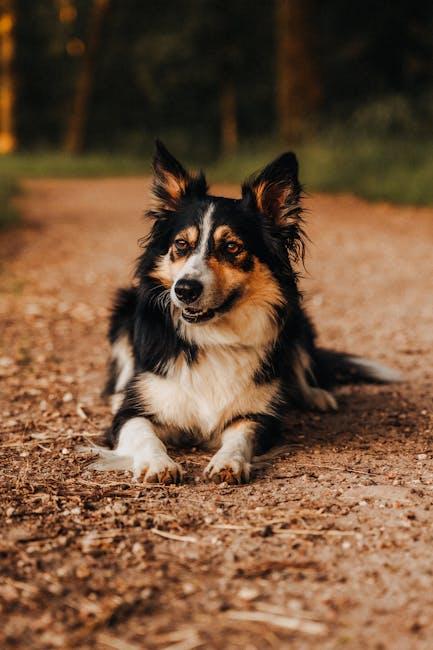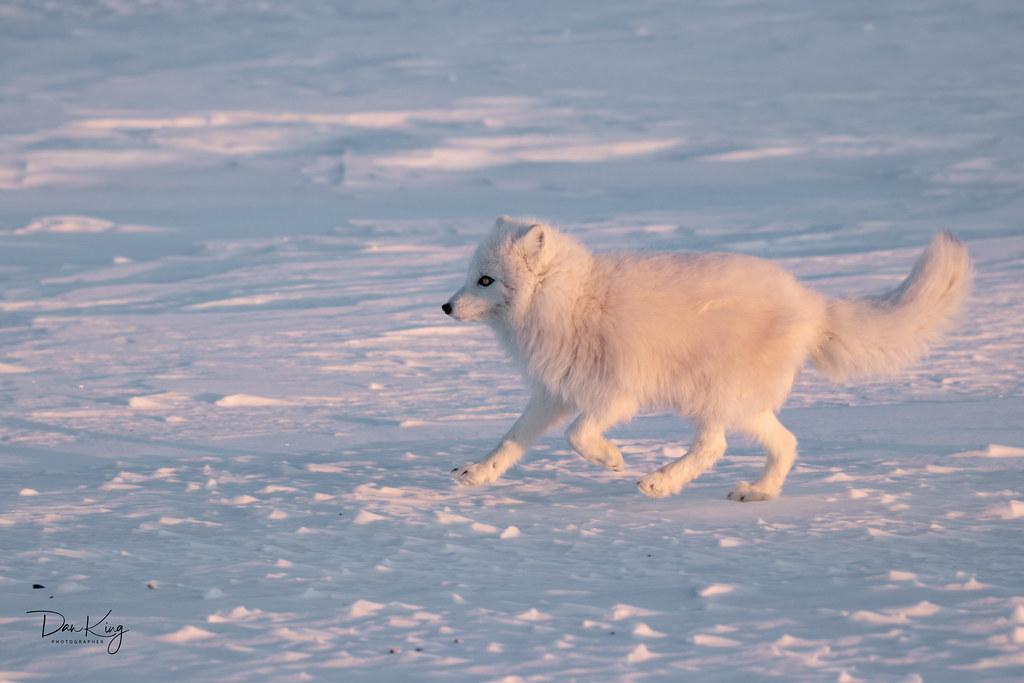Best ways to introduce a dog to a new family member

In the tapestry of family life, few moments are as heartwarming as welcoming a new member into the fold. Whether it’s a newborn baby, a partner, or an elderly relative, each addition brings a fresh dynamic, weaving new threads into the family’s story. Yet, amidst the excitement and joy, one often overlooked but crucial aspect is how our four-legged family members perceive these changes. Dogs, with their keen senses and emotional intelligence, are integral members of the family unit, and their reactions to new arrivals can set the tone for future interactions. Navigating this transition with care and understanding is essential for fostering harmony and mutual respect. In this article, we explore the best ways to introduce a dog to a new family member, ensuring that this transition is as smooth and joyful as possible for both the humans and the beloved canine companions.
Creating a Welcoming Environment for Your Dog
Introducing a dog to a new family member can be an exciting yet delicate process. To ensure a smooth transition, it’s important to create an environment where your furry friend feels comfortable and secure. Begin by setting up a designated space for your dog that includes their favorite toys, a cozy bed, and familiar scents. This space acts as a safe haven where they can retreat if they feel overwhelmed. Gradually, allow your dog to explore the shared spaces at their own pace, keeping interactions with the new family member positive and calm.
- Use calming scents like lavender or chamomile to create a soothing atmosphere.
- Play soft background music to reduce stress and anxiety.
- Ensure there are plenty of treats on hand to reward good behavior.
- Maintain a consistent routine to provide a sense of stability.
Encourage gentle introductions by allowing your dog to sniff the new family member’s belongings before meeting them directly. This helps your pet become familiar with their scent. Always supervise initial interactions, offering praise and treats to reinforce positive behavior. By taking these thoughtful steps, you can foster a harmonious relationship between your dog and the new addition to your family.

Building Trust and Reducing Anxiety in Your Pet
Creating a harmonious environment for your pet when introducing a new family member is essential for building trust and reducing anxiety. Dogs are highly perceptive creatures, and any change in their environment can be stressful. To ease this transition, consider the following strategies:
- Gradual Introductions: Allow your dog to become familiar with the new person’s scent before they meet face-to-face. You can do this by letting them sniff an item of clothing or a blanket that the new family member has used.
- Consistent Routines: Maintain your dog’s regular schedule for feeding, walks, and playtime. Consistency provides a sense of security and helps reduce anxiety during times of change.
- Positive Reinforcement: Reward your dog with treats and praise for calm behavior around the new family member. This will create positive associations and encourage a friendly relationship.
Remember, patience is key. Every dog is unique and will adjust at their own pace. By fostering a supportive environment, you can ensure that your furry friend feels safe and secure in their expanding family circle.

Effective Communication Techniques for a Smooth Introduction
Introducing a dog to a new family member can be a delightful experience when approached with the right techniques. The key to a seamless introduction lies in setting the stage for a positive interaction. Start by ensuring that the environment is calm and familiar for your dog. Consider using their favorite toys or blankets to create a sense of comfort. Patience is paramount; allow your dog to approach the new person at their own pace.
- Body Language: Pay attention to your dog’s body language. Look for signs of curiosity or anxiety and respond accordingly.
- Positive Reinforcement: Use treats and praise to reward calm and friendly behavior.
- Controlled Environment: Initially, keep the interactions short and within a controlled environment to prevent overwhelming your pet.
Remember, every dog is unique, and the time it takes to adjust can vary. By prioritizing safety and comfort, you can foster a harmonious relationship between your dog and the new family member.

Monitoring Interactions and Ensuring Safety
Introducing a new family member to your dog can be an exciting yet delicate process. Ensuring the safety of both your pet and the newcomer requires vigilant monitoring of their interactions. Here are some tips to help manage this transition smoothly:
- Observe Body Language: Pay close attention to your dog’s body language. Signs of stress or discomfort, such as excessive panting, growling, or a tucked tail, indicate that your pet might need a break.
- Gradual Introduction: Allow your dog to approach the new family member at their own pace. Avoid forcing interactions and provide positive reinforcement when your dog remains calm and friendly.
- Safe Spaces: Create a designated area where your dog can retreat if they feel overwhelmed. This space should be accessible at all times, offering a sense of security.
- Supervised Playtime: Initially, ensure that all interactions are supervised. This helps prevent any accidental harm and allows you to intervene if necessary.
By keeping these strategies in mind, you can foster a harmonious relationship between your dog and the new family member, ensuring a safe and happy environment for everyone involved.



